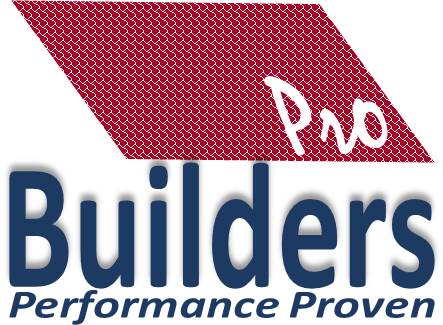Washability
Ease with which washing will remove dirt from the surface of the paint without causing damage.
Water Blaster
Cleaning equipment that uses water under high pressure.
Water Repellents
Exterior clear finishes that are specially formulated to cause water to bead up on the surface and minimize penetration of water into the substrate.
Water-Based Paint
Paint made with acrylic, vinyl or other latex resin types, and thinned with water. It dries more quickly than oil-based paint, has relatively low odor, some water vapor permeability, and cleans up easily. The liquid component is predominantly water.
Water-Reducible
Ability to be diluted with water or a water/co-solvent mixture.
Weather Etch
A method of improving the adhesion to a metal substrate by allowing it to weather naturally before painting.
Weather Resistance
The ability of a coating or caulk to withstand the effects of wind, rain, sun and temperature fluctuation, and retain its appearance and integrity.
Wet Adhesion
The ability of dry paint or caulk to adhere to the surface in spite of wet conditions. This is of particular importance for exterior paints and caulks.
Wet Edge Retention
The length of time a newly applied coating can stand, then be brushed or rolled again, without showing lap marks.
Wet Film Thickness
Thickness of a liquid film immediately after application, before it begins to dry.
Wiping Stain
A stain applied to bare wood, and the excess is wiped off before it dries. Mainly for interior use: trim, furniture, floors.
Wire-Brushing
Cleaning a surface with a wire brush, or wire power brush.
Wood Filler
Heavily pigmented product used to fill the grain of wood before undercoats or finishes are applied. Used on open-grain hardwoods such as oak, ash, walnut and chestnut. Used for furniture and trim.

